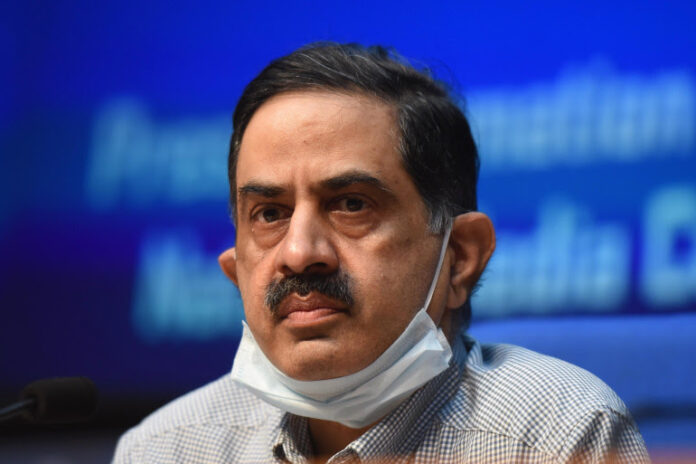
Districts with more than 10 percent positivity should be locked down, says ICMR chief, warning of disaster if Delhi reopens quickly.
The head of the main Indian health agency responding to the coronavirus has said districts reporting a high number of infections should remain locked down for another six to eight weeks to control the spread of the rampaging disease.
Dr Balram Bhargava, head of the Indian Council of Medical Research (ICMR), said in an interview to Reuters news agency that lockdown restrictions should remain in place in all districts where the rate of infection is above 10 percent of those tested.
- 5G: Rural areas to be allowed taller and wider masts
- China to launch Heavenly Harmony space station core module
Currently, three-fourths of India’s 718 districts have what is known as a test-positivity rate above 10 percent, including major cities like New Delhi, Mumbai and the tech hub of Bengaluru.
Bhargava’s comments are the first time a senior government official has outlined how long lockdowns, which already encompass large parts of the country, need to continue to rein in the crisis in India.

Prime Minister Narendra Modi’s government has shied away from imposing a nationwide lockdown because of the economic effect and has left it to state governments.
Several states have introduced varying levels of curbs on economic activity and public movement to stop the spread of the virus, which are mostly being reviewed and extended on a weekly or fortnightly basis.
“The high positivity districts should remain (shut). If they come to 5 percent from 10 percent (positivity rate) we can open them, but that has to happen. That won’t happen in six-eight weeks, clearly,” Bhargava said in the interview held at the New Delhi headquarters of the ICMR, the country’s top medical research body.
Referring to the capital, one of India’s hardest-hit cities where the positivity rate reached about 35 percent but has now fallen to about 17 percent, Bhargava said: “If Delhi is opened tomorrow, it will be a disaster.”
India is in deep crisis in the current wave of COVID-19 infections with about 350,000 cases and 4,000 deaths being reported daily. Hospitals and morgues are overflowing, medical staff is exhausted and oxygen and drugs are running short.
Many experts say the actual case tallies and deaths could be five to 10 times higher.
Modi and other top political leaders have faced a public backlash for addressing mass election rallies where no key COVID-19 safety protocols were followed.
The federal government also did not intervene to stop a religious festival in a northern state in March that was attended by millions of devout Hindus.

Bhargava did not criticise the Modi government but conceded there had been a delay in responding to the crisis.
“I think the only discontent we have was there was a slight delay accepting the 10 percent (recommendation), but that did happen,” he said.
He said an April 15 meeting of the National Task Force on COVID-19 had made the recommendation to the government to lock down areas with a 10 percent positivity rate or higher.
Yet, in a televised speech on April 20, Modi dissuaded states and said a lockdown should be used as “last resort” and the focus should remain on “micro containment zones”.
On April 26 – more than 10 days after the task force meeting – India’s home ministry wrote to states, asking them to implement strict measures for “large containment areas” in hard-hit districts, but only for 14 days.
India’s home and health ministries, as well as Modi’s office, did not respond to requests for comment.
Reuters reported earlier this month the head of the National Centre for Disease Control had privately told an online gathering that strict lockdown measures were required in early April.
Two senior ICMR officials told Reuters the organisation was frustrated about political leaders addressing large rallies and allowing religious gatherings, saying the actions publicly flouted required safety measures.
Modi himself addressed several of the political meetings, maskless.
“Our messaging has been completely incorrect, not in sync with the situation,” said one of the officials, referring to the government. “We have miserably failed.”
Bhargava denied there was any discontent within the ICMR and added the agency was on the same page with policymakers.
Without commenting directly on political leaders, he said mass gatherings during COVID-19 should not be acceptable in India or anywhere else.




